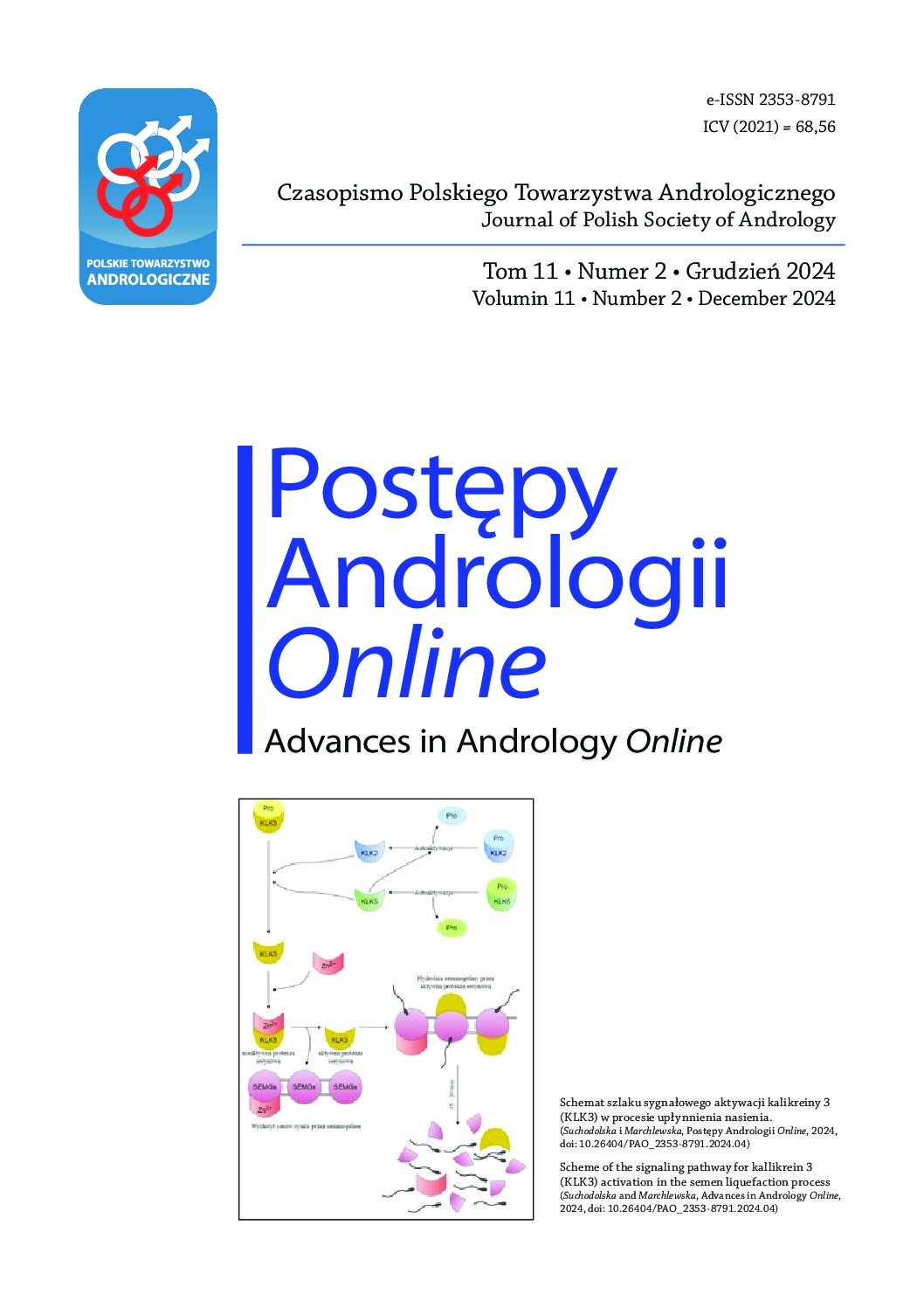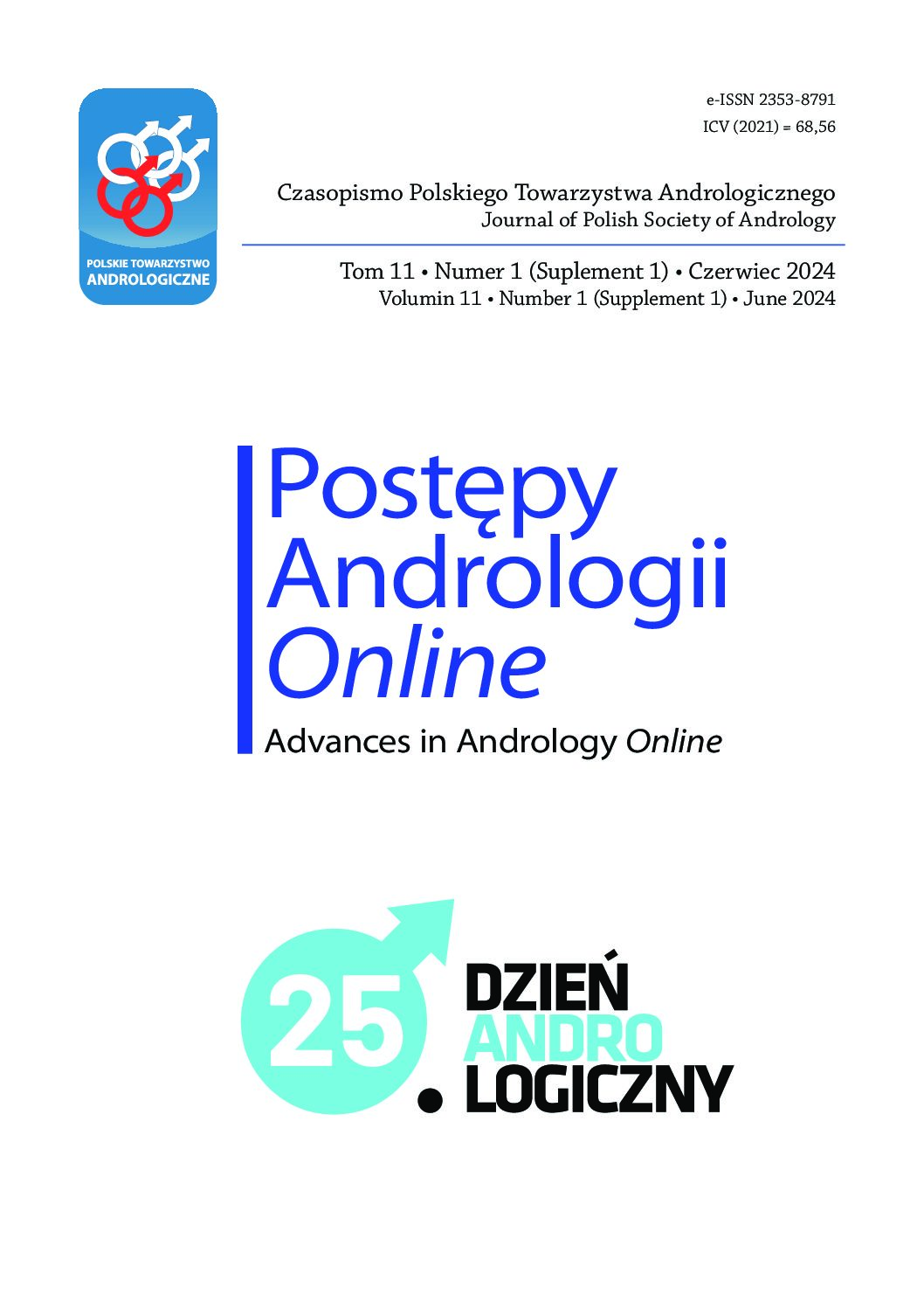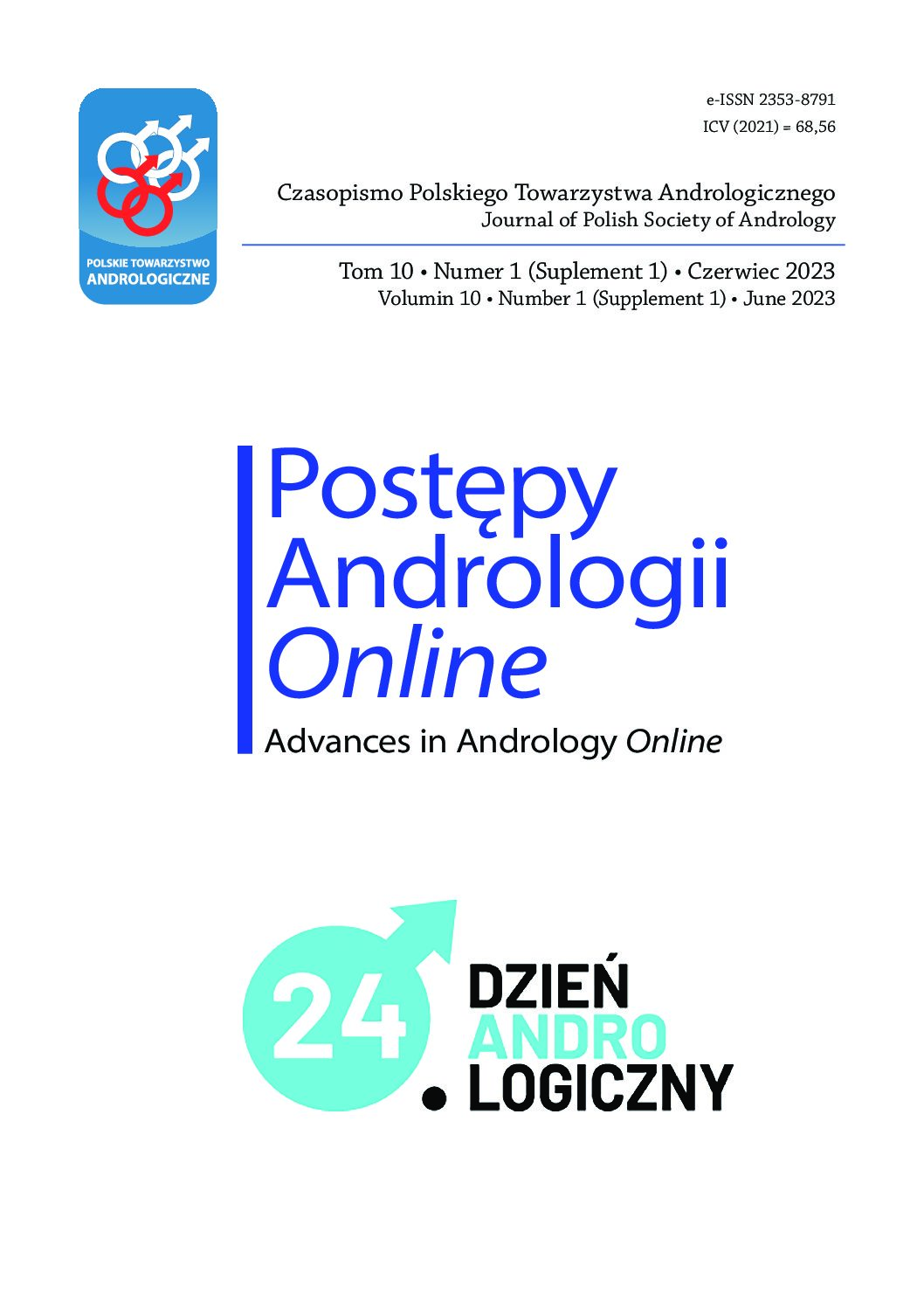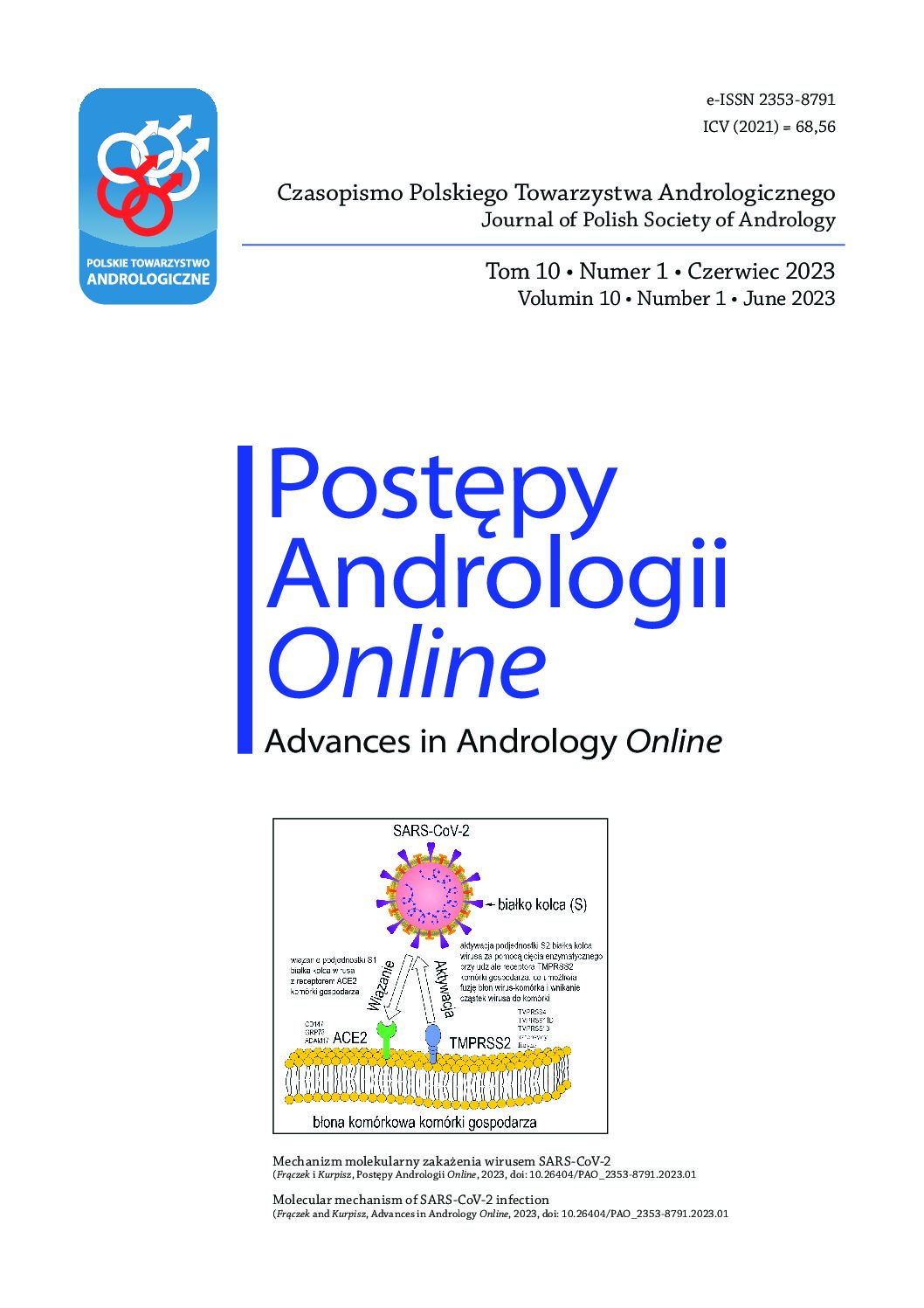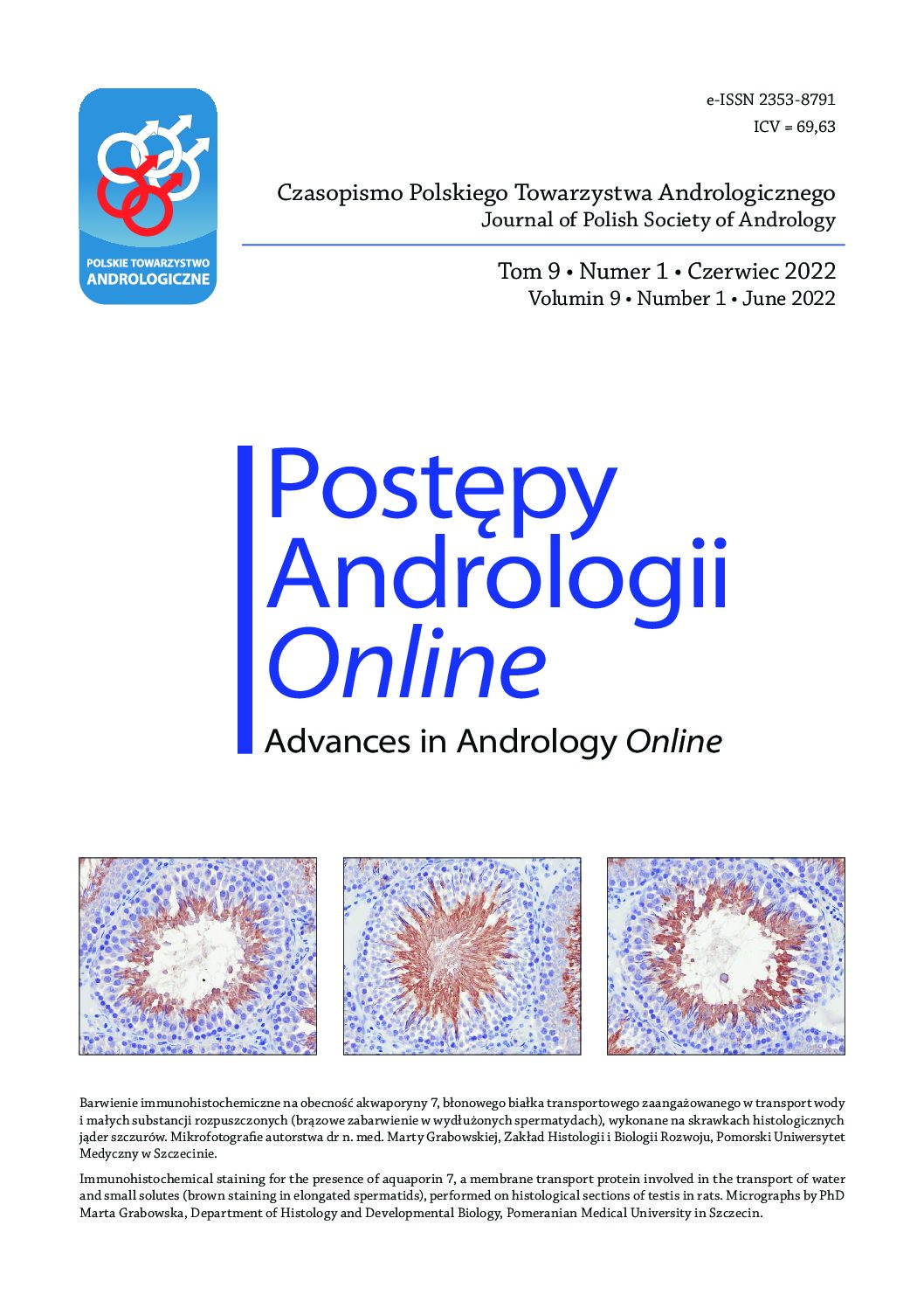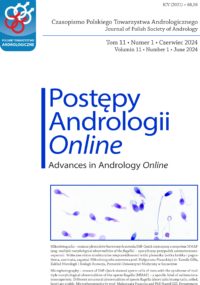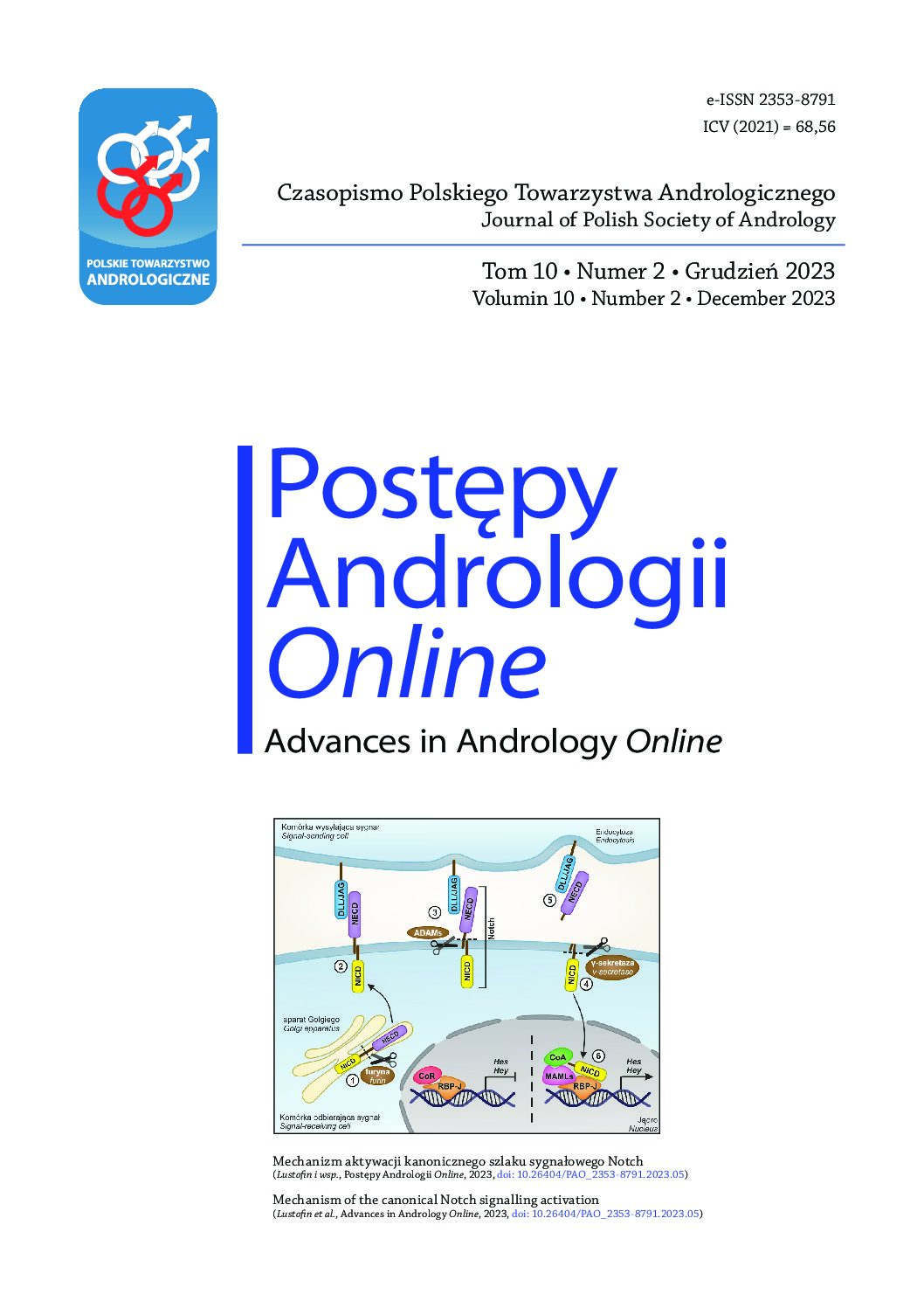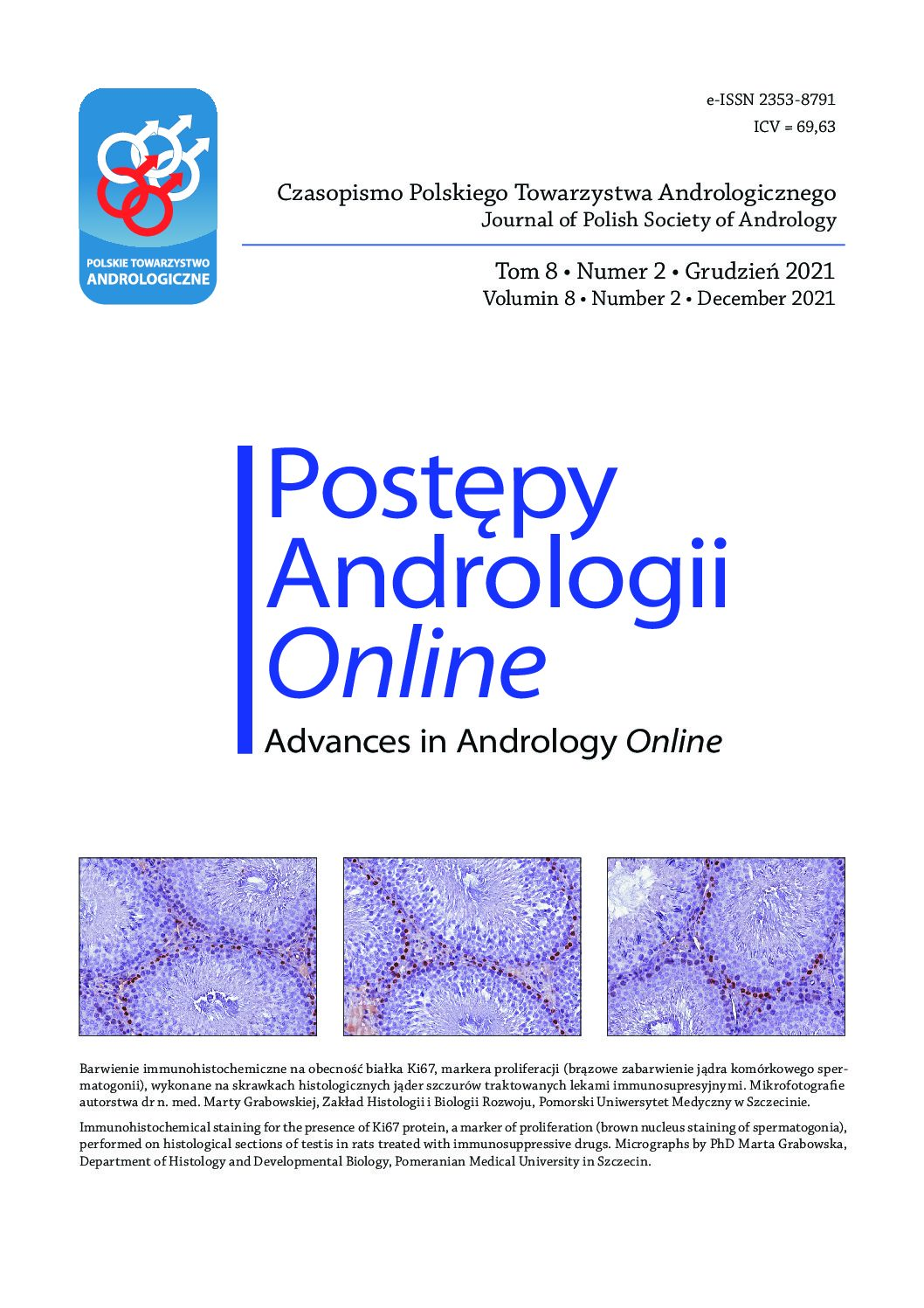Male factor and recurrent pregnancy loss
This article reviews the literature related to the participation of the male factor in miscarriages, mainly recurrent pregnancy loss. According to the 2017 guidelines of the European Society of Human Reproduction and Embryology (ESHRE), spontaneous recurrent miscarriages are defined as at least two or more pregnancy losses before 24 weeks of pregnancy. There is no doubt that extended diagnostics, especially molecular ones, made it possible to verify not only the share of the female factor in miscarriages, but also the male factor, which was often overlooked. Therefore, most of the research work and data meta-analysis concerns the female population. However, many authors give the cause of miscarriages: 1) numerical and structural chromosomal aberrations often associated with abnormal course of spermatogenesis, 2) polymorphisms of the HLA-G (human leukocyte antigen-G), 3) HLA-C allotypes and KIR haplotypes (killer cell immunoglobulin-like receptors), 4) mutations and polymorphisms of genes responsible for thrombophilia, 5) microdeletions and polymorphisms of the Y chromosome, 6) epigenetics abnormalities, 7) structural and functional defects of spermatozoa, with particular emphasis on the status of their chromatin and 8) semen oxidative stress and 9) advanced paternal age. It should be noted that the results presented by the authors are often inconsistent and ambiguous, causing the need for further research, also in order to develop appropriate and evidence-based diagnostic and therapeutic algorithms take into account the participation of male factor in miscarriages.
